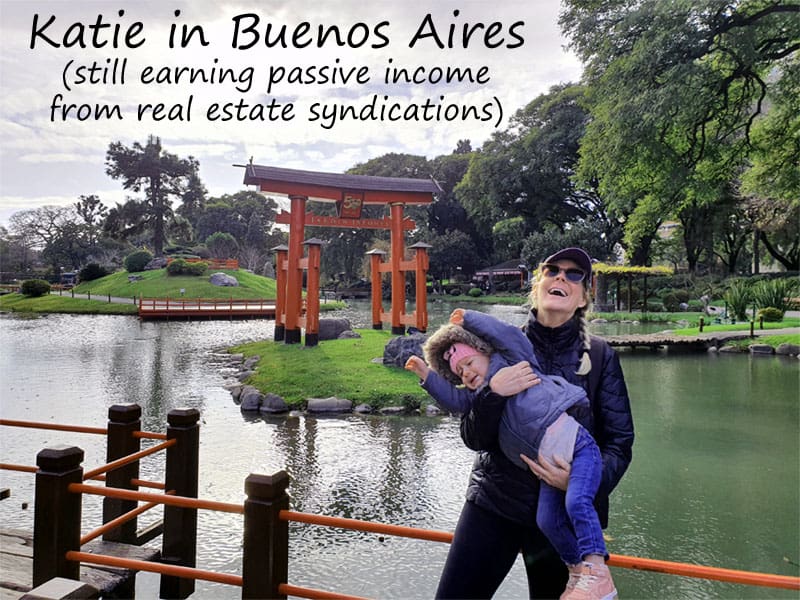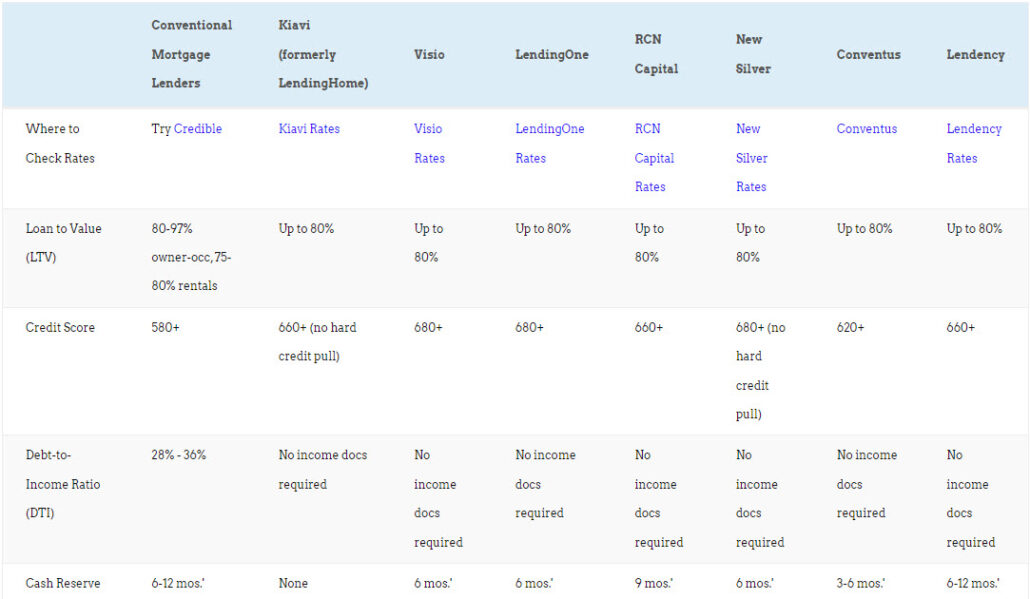
Want to tap your retirement accounts earlier than 59 ½?
You can withdraw money from your tax-sheltered retirement funds earlier, tax- and penalty-free, using a strategy called a Roth conversion ladder. But as the name suggests, it takes “a bit of doing” as my father would say.
What is a Roth Conversion Ladder?
A Roth conversion ladder is a strategy that allows you to convert money from a traditional IRA or 401(k) into a Roth IRA over time. This lets you avoid paying taxes on the money when you withdraw it in retirement — and avoid the 10% penalty on early withdrawals.
That’s because you can withdraw contributions tax- and penalty-free at any age in a Roth IRA, as long as the funds have been in the account for at least five years. But that means you need to rollover the funds to your Roth IRA at least five years before you plan to withdraw them.
How Does a Roth Conversion Ladder Work?
A Roth conversion ladder works by converting a portion of your traditional IRA or 401(k) into a Roth IRA each year. To minimize taxes, you convert the money in a way that keeps your taxable income in the lower tax brackets.
Step 1: Open the Roth IRA
If you don’t have a Roth IRA open with an investment brokerage already, do so now.
Bear in mind that you can invest in real estate with a self-directed IRA if you like. That could include real estate syndications, in addition to buying rental properties.
Step 2: Rollover Funds from Traditional IRAs or 401(k)s
You can rollover funds from a traditional IRA or 401(k) into a Roth IRA at any time. Bear in mind you have to pay taxes on the amount converted, except for funds you already paid taxes on. More on backdoor Roth contributions shortly, for why that might be the case.
Step 3: Create the “Ladder” by Converting Funds in Incremental Amounts
The final step in the Roth Conversion ladder is to create the “ladder” by converting funds from traditional IRAs to the Roth IRA in incremental amounts.
Your goal: convert funds in small enough increments to keep your taxable income low and avoid moving into a higher tax bracket. You repeat this process each year until you have converted all the funds you want to convert.
One strategy when converting your traditional IRA funds into your Roth IRA is to time your conversions to occur during years when you have lower taxable income. If you had a bad year income-wise, it’s a perfect time to roll traditional IRA funds over to your Roth IRA.
Remember, you can choose which specific assets to convert from your traditional IRA to your Roth IRA. This can allow you to strategically choose which investments to move to your Roth IRA based on their future growth potential and potential tax implications.
Step 4: Wait at Least 5 Years Before Withdrawing
After five years, you can withdraw converted funds penalty-free.
Bear in mind that you can withdraw ordinary contributions without penalty at any time. But for funds that you converted from a traditional IRA or workplace retirement account such as a 401(k), 403(b), or SIMPLE IRA, you have to wait at least five years before you touch it.
Put your hand in the cookie jar early and the IRS slaps it with a 10% penalty.
The Benefits of a Roth Conversion Ladder
Why do people go through the hassle of creating a Roth conversion ladder?
1. Tax-Free Compounding & Withdrawals in Retirement
The main benefit of a Roth conversion ladder is tax-free withdrawals in retirement. Since the money is converted from a traditional IRA or 401(k) into a Roth IRA, you won’t have to pay taxes on the money when you withdraw it in retirement.
Thus, your investments compound tax-free over time. Anyone who’s looked at a graph of compound interest can tell you the exponential growth you’ll earn over the course of decades — especially if you earn 15-30% returns on real estate syndications.
2. Incremental Transfers = Lower Tax Bills
By converting a portion of your traditional IRA or 401(k) into a Roth IRA each year, you spread out the extra taxes on the funds you’re converting. Ideally these small conversions keep your total taxable income in the lower tax brackets, you can avoid paying taxes at higher rates.
3. Withdraw Funds Before Age 59 ½
The main point of a Roth conversion ladder is to tap your retirement savings early. You get to withdraw funds from your Roth IRA before reaching 59 ½.
Which is pretty awesome, if you plan to reach financial independence and retire early (like I do).
4. Flexibility
Roth IRAs are far more flexible than traditional IRAs. As long as your account has been open for at least five years, you can withdraw regular contributions at any time, penalty-free.
But not conversions or earnings. To withdraw conversions early, the funds need to have sat in your Roth account for at least five years — hence the ladder.
Backdoor Roth Contributions
To be eligible to make normal contributions to a Roth IRA, your modified adjusted gross income (MAGI) must fall within certain limits. For the tax year 2023, single filers start losing the ability to contribute at a MAGI of $138,000, and can’t contribute at all if their MAGI exceeds $153,000.
For married couples, the ability to contribute to a Roth IRA starts phasing out at $218,000, and disappears entirely at $228,000 for tax year 2023.
But here’s the loophole: there’s no income limit to contribute to a traditional IRA, only income limits for taking the tax deduction from it. And there’s no income limit for converting traditional IRA funds to Roth IRA funds.
See where this is going?
High earners can contribute to a traditional IRA, then roll the funds over to a Roth IRA. There it will grow and compound tax-free, and you pay no further taxes on it.
If you did take the tax deduction on contributions to your traditional IRA, then you must pay income taxes when you roll over funds. But if you already paid taxes on the contributions — as a high earner who exceeded the income limits for deducting contributions — you don’t pay taxes on it twice. That portion of the rollover is not taxed, although you will owe taxes on any earnings you’ve accrued.
Tips for Success with a Roth Conversion Ladder
As you explore a Roth conversion ladder to fund your early retirement, keep the following tips in mind:
-
- Start early. The earlier you start the conversion process, the more time you have to convert your money and avoid taxes. Starting early also gives your money more time to grow tax-free in the Roth IRA.
- Form a conversion plan. Determine how much money you want to convert each year. The faster you convert funds, the sooner you’ll have access to withdraw them early, but the more tax liability you’ll have each year that you convert funds. Balance speed with your tax liability.
- Stay out of higher tax brackets. Consider your current and future tax bracket when implementing a Roth conversion ladder. You should try to convert your money in a way that keeps your taxable income in the lower tax brackets to avoid paying taxes at higher rates.
- Reevaluate your plan each year. How was your income this year? Do you have more room before hitting a higher tax bracket, or less? Should you convert more retirements funds than you planned, or less? Consider changes in your tax rate, retirement goals, and retirement savings. Adjust your plan accordingly to achieve your financial goals.
- Be patient. Roth conversion ladders require patience. It typically takes years to convert all of your money into a Roth IRA. Stick to your conversion plan to avoid any significant tax liability.
Who Should Use a Roth Conversion Ladder?
Several groups of people should consider moving their money from traditional retirement accounts to their Roth IRA:
-
- People planning to retire young: If you want to retire early — and you need access to your tax-sheltered retirement funds before age 59 ½ — start converting money to your Roth IRA. Bear in mind you could always rely on taxable investments up until age 59 ½ instead, and only start taking distributions from your retirement accounts after that.
- People who expect to pay higher taxes in retirement: If you keep a high savings rate and are building wealth quickly, you may owe higher taxes in retirement than today. Consider taking the tax hit now rather than after your investments have compounded.
- Young workers in their 20s and 30s: With several decades to compound, your retirement savings will likely be far higher than your contributions. Take the tax hit now so your money can compound tax-free.
- High earners who exceed IRA income limits: Use the backdoor IRA strategy to contribute to a traditional IRA then convert the funds to a Roth IRA as quickly as possible. You won’t get the tax deduction on your contribution, but that’s fine — you won’t pay taxes on the conversion either (except for any earnings).
Final Thoughts
A Roth conversion ladder can work wonders for funding early retirement.
By converting a portion of your traditional IRA, 401(k), or other employer retirement plan into a Roth IRA each year, you can reduce your tax liability and create a tax-free source of income in retirement. Just beware that you’ll need to pay taxes on the conversions in most cases, and plan accordingly.
Sit down with a financial advisor or tax professional to ensure that you stay within your target tax bracket and minimize your tax liability throughout the process. It’s worth a few hundred bucks to get your Roth conversion plan right the first time, and avoid handing more of your money to Uncle Sam than necessary.♦
Still have questions about how Roth conversion ladders work? What are your plans to retire early?
More Creative Investing Reads:
About the Author

G. Brian Davis is a real estate investor and cofounder of SparkRental who spends 10 months of the year in South America. His mission: to help 5,000 people reach financial independence with passive income from real estate. If you want to be one of them, join Brian and Deni for a free class on How to Earn 15-30% on Fractional Real Estate Investments.



























This is one of those financial maneuvers that I’d heard of but never really understood. It’s actually pretty simple, but to get it, you have to first understand why it’s necessary in the first place (the tax rules and loopholes).
Exactly Adanna!
This is a new concept to me. Thanks for the introduction.
Glad you got something out of it Gideon!
Think of minimizing taxes and retiring early as a fun adventure instead of a chore! It’s like a game where you get to explore different strategies and see what works for you. Just remember to play smart and seek professional guidance if needed. Happy retirement questing!
Amen George!
As a new investor, I’m a ways off from this but still interested in early retirement. Seems like a lot of it is mindset-oriented, which I appreciate.
Absolutely Garfield. The more you build an identity around someone who is building wealth quickly by saving and investing as much as possible each month, the more progress you’ll make toward financial independence.
High returns + tax-free compounding = early retirement. Simple, but not necessarily easy.
So true Sam!